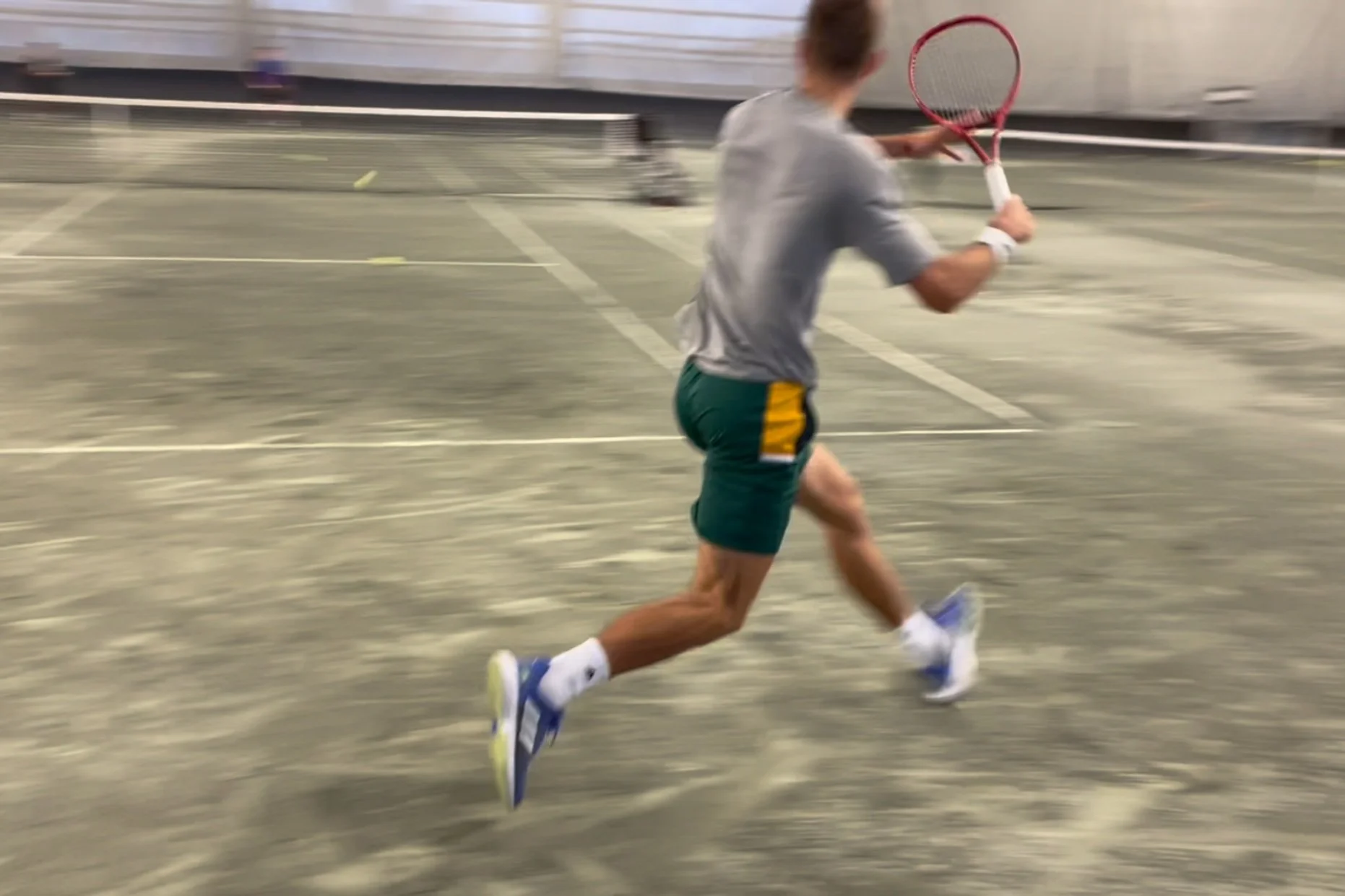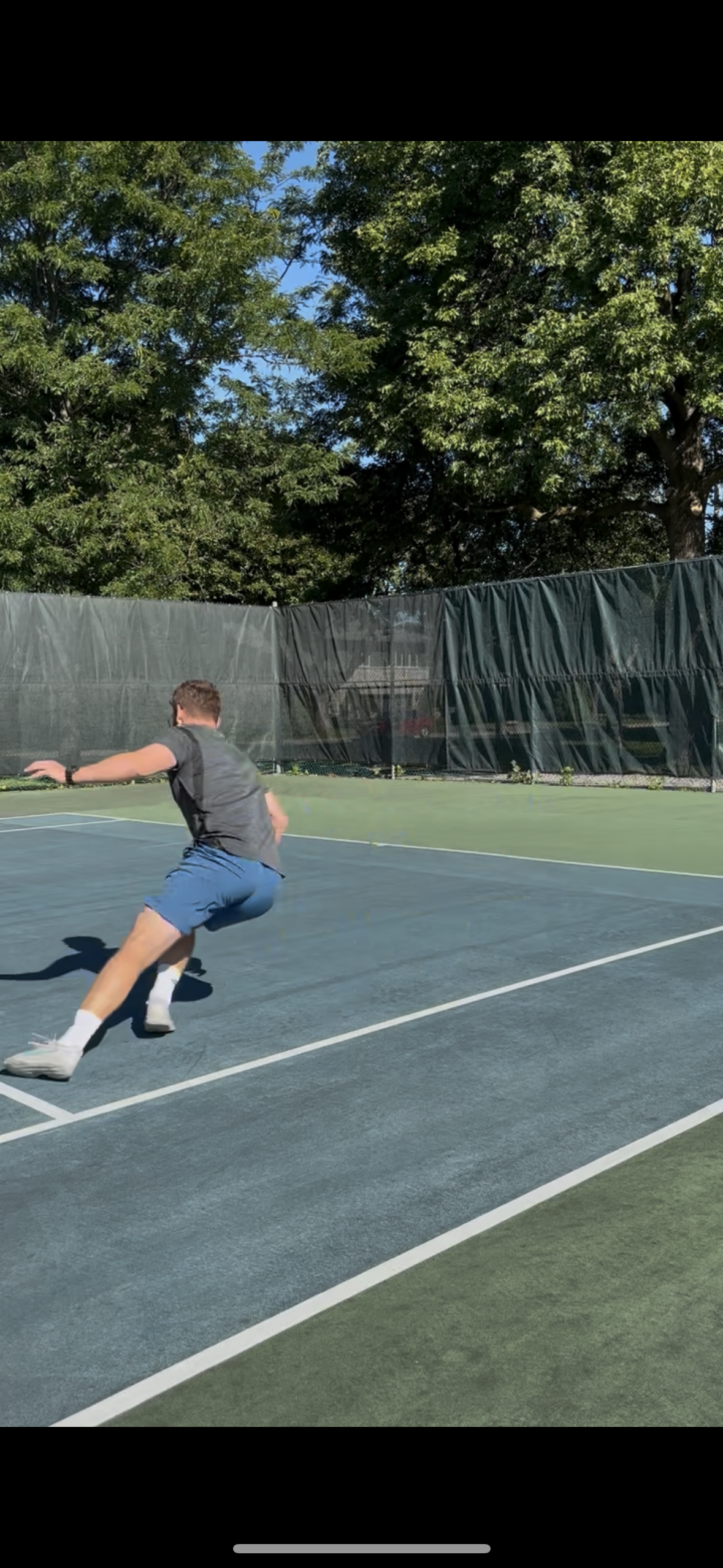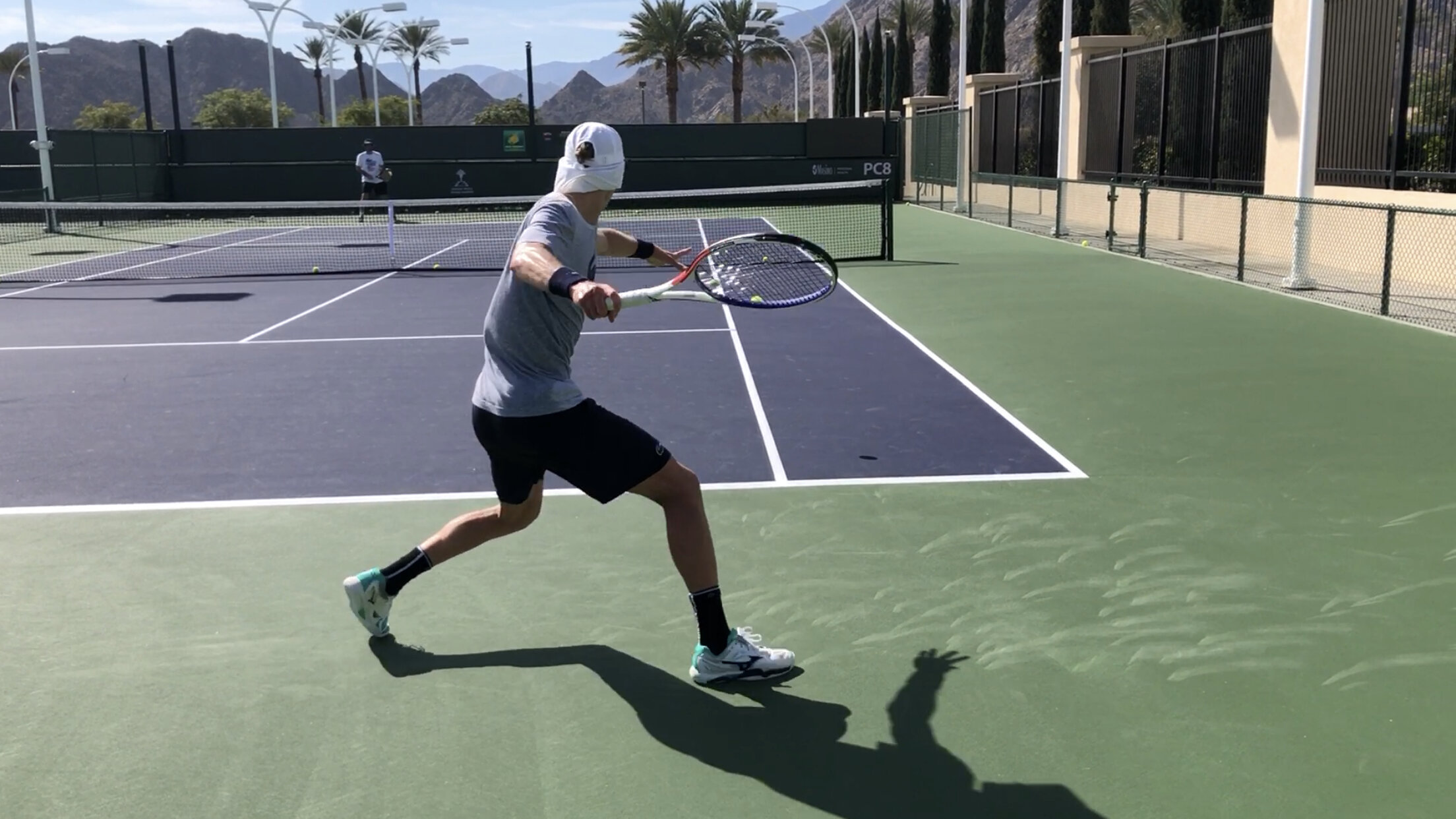In last week’s article, I wrote about easing into COD (change-of-direction) type of work. More specifically, I touched on COD drills and some of the best ways of incorporating them into training, especially in the early stages.
Viewing entries tagged
footwork
For those that are unfamiliar with the term COD, it stands for change-of-direction. In the tennis world, things can get confusing as players and coaches often use the term ‘change direction’ when referring to hitting drills or on-court tactics. In other words, changing the direction of the ball (from a crosscourt exchange to a down-the-line switch, for instance). But that’s NOT what we’re talking about here.
I’ve spoken about COD in the past (you can check out THIS article for an extensive review). But in layman terms, it’s basically the instant when you move / orient your body from one direction, to another.
I recently started working with a young 19 year old. As I always do when starting to coach a new player, I took him through some testing (both formal and informal). Part of this process is simply me asking players what type of training they’ve been doing of late, what they like doing and so on.
Funny enough, this player mentioned that explosiveness is a priority of his. That it’s something he feels has been lacking in his game - he came to the right place ;).
Before we dive into this post, understand that playing tennis actually improves the stretch-shortening cycle (SSC). In essence, there are many ‘sister’ and ‘brother’ movements in tennis that utilize the SSC.
And in this post, I wanted to expand on these topics in more detail to add clarity to each.
First, here’s a bit of context. It’s been nearly 10 years since I began my master’s degree in sport science at the University of Edinburgh. It was 2010 and I was an eager young lad (as the scot’s would say).
Before then, I had a lot of ‘in the trenches’ experience - as a player and a coach. But going through a masters programme got me on the research train, and I’ve been on it ever since.
I’ve been asked countless times - from tennis coaches to players and even parents - 'how can I get more leg drive on my forehand?' 'Or more jump from the legs on my serve?' 'Or more explosiveness when moving laterally?' There’s no simple answer. It truly depends on a number of factors, including your strength levels, coordination, training age, biological age, training history, genetics and more. But if I absolutely had to boil my answer down to one form of training, I’d have to look towards plyometrics.
There are many terms to describe plyometrics including plyometric training, plyos, jump training, shock training (that’s what Soviets used to call it) & ballistic training. I may use some of these terms interchangeably throughout this article but they all refer to plyometrics. Whatever you call it, it’s general premise is to increase power output.
I’m constantly trying to bridge the gap between how players should train off the tennis court and how they should train on the tennis court. It’s important to look at on-court tennis training through a physical lens as much as a technical or tactical one as these qualities are all interrelated. Let's look at an example to illustrate this point. Say you're working on retrieving tough wide balls on the backhand side. Not only is technique targeted (attempting to refine open stance backhands, for example), tactics (being able to send the ball back high/deep and with plenty of spin for example) along with the specific movement qualities (explosiveness, acceleration, deceleration) are also being trained. As you can see, it’s very difficult to separate one quality from another as they are all in some way related.








